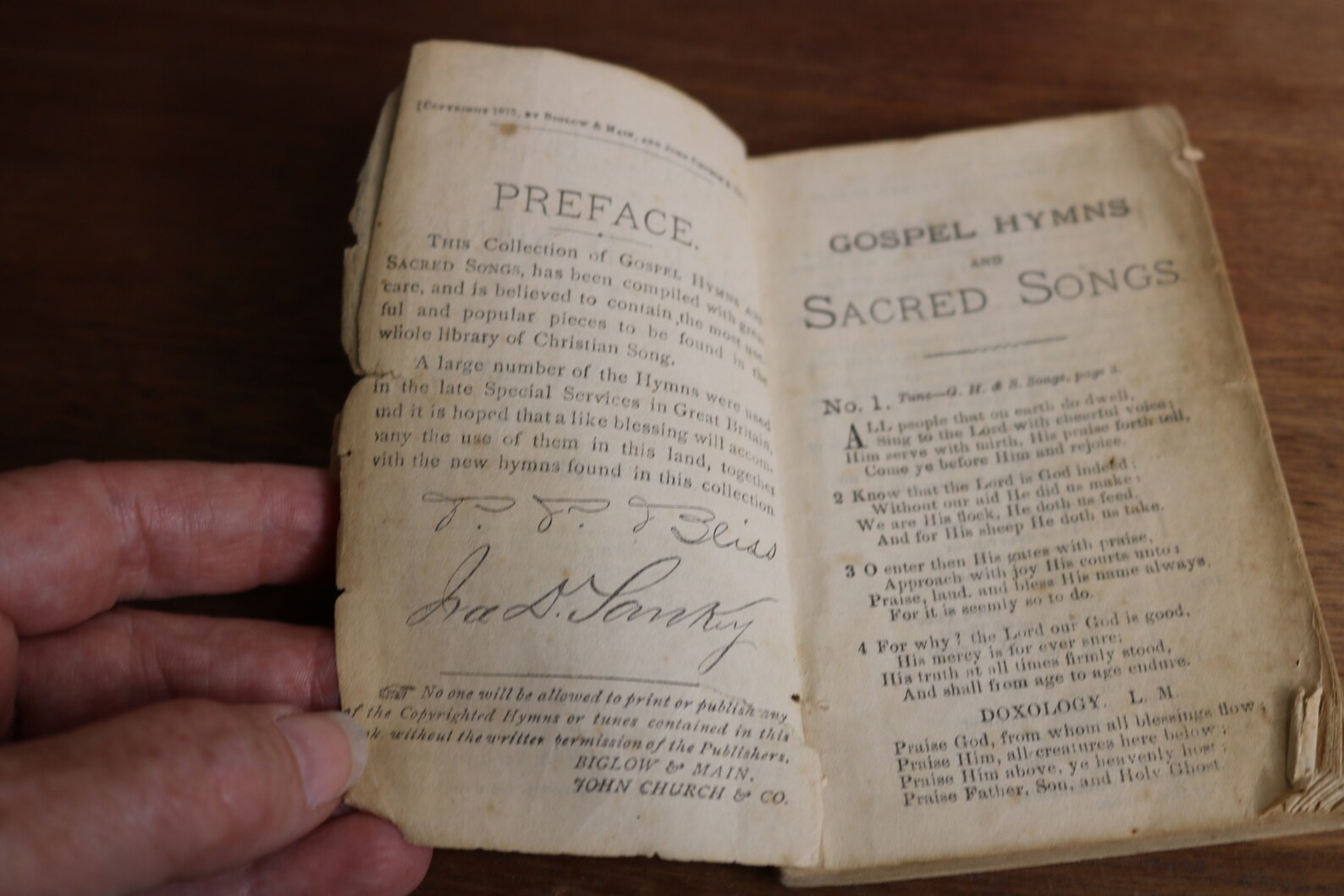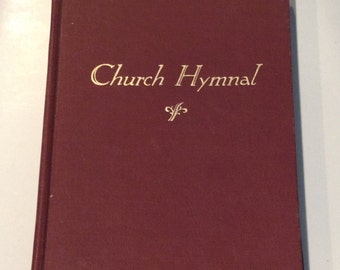

James Montgomery penned this hymn in 1822 as a setting of the Messianic psalm, Psalm 72. Hail to the Lord’s Anointed (ES FLOG EIN KLEINS WALDVÖGELEIN)

Its tune, as the name indicates, comes from John Calvin’s 1551 Genevan Psalter. It captures the prophecies concerning John the Baptist’s preparation for Messiah, fitting for the Advent season. This hymn was originally a German setting of Isaiah 40:1-15 by Johann Olearius in 1671, and translated into English by Catherine Winkworth in 1863. Related: O Lord, My Rock, to Thee I Cry (Psalm 28)Ĭomfort, Comfort Ye My People (GENEVAN 42) The tune comes from one of Luther’s hymn collections, Enchiridia, in 1524.

Reynolds translated Luther’s German into English in 1880. Martin Luther translated the hymn into German in 1523, and William M. The text is attributed to the “Father of Latin Hymnody,” Ambrose of Milan, in the 4th century. This Advent hymn, even older that “O Come, O Come, Emmanuel” is lesser known but just as worthy of singing today. Savior of the Nations, Come (NUN KOMM, DER EIDEN HEILAND)

As is common with Wesley’s writing, it is filled with beautiful poetic imagery such as “born a child and yet a King.” This well-known hymn, written by Charles Wesley in 1744, expresses similar themes and allusions to biblical prophecy concerning the coming of Christ, one who was born to deliver his people. Its tune is from a 13th century plainsong, fitting for this ancient Latin hymn.Ĭome, Thou Long-Expected Jesus (HYFRYDOL) It is a hymn of hope in the redemption that comes with Christ’s coming, and it is filled with allusions to Old Testament Messianic prophecies. Originally written in Latin in the 12th century, it was translated into English during the nineteenth-century Oxford Movement in England by John Mason Neal in 1851. One of the most well-known Advent hymns, this hymn is also one of the oldest hymns still on common use among Protestant churches today. The four Sunday’s leading up to Christmas have traditionally focused on these themes, and we have some wonderful hymns in our heritage that help us do just that. If all of the prophecies concerning his first coming were fulfilled with complete literalness, we can have confidence that those prophecies yet to be fulfilled will also come to pass in his second coming. Advent is a wonderful time of year to both remember the prophecies regarding Christ’s first coming and anticipate his coming again.


 0 kommentar(er)
0 kommentar(er)
